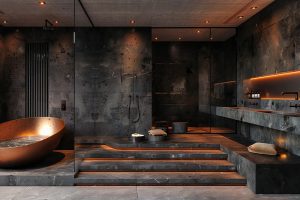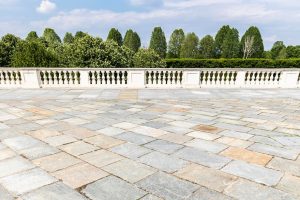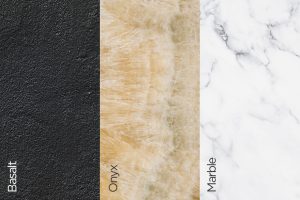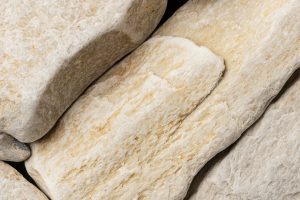When choosing materials for home design or functional items, ceramic and porcelain often come up. While they might seem interchangeable, these materials differ in composition, characteristics, and applications. Let’s explore their unique qualities and where each shines.
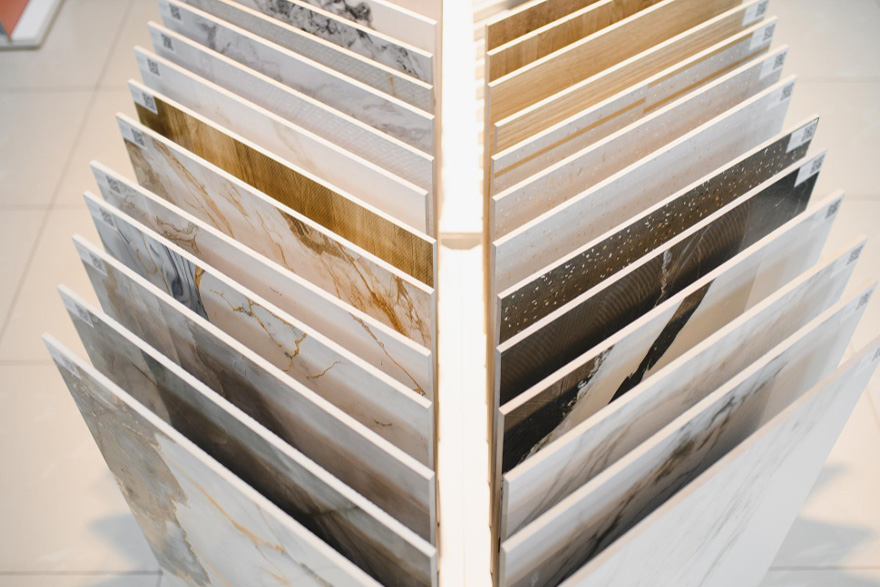
What Is Ceramic?
Ceramic is a broad category that encompasses any product made from clay that is hardened through heat. It has been used for centuries to create pottery, tiles, and decorative pieces.
Characteristics of Ceramic:
- Composition: Made from natural clay combined with water and other materials.
- Porosity: More porous than porcelain, making it less dense and more absorbent.
- Durability: While sturdy, it’s less resistant to wear and chipping compared to porcelain.
- Appearance: Offers a rustic and earthy look, with a slightly rougher texture.
Common Uses:
- Decorative pottery
- Wall tiles
- Indoor flooring
- Kitchenware
What Is Porcelain?
Porcelain is a type of ceramic but undergoes a different manufacturing process. It is made from a refined clay, often combined with minerals like quartz and feldspar, and fired at higher temperatures.
Characteristics of Porcelain:
- Composition: Contains kaolin, a fine white clay, and is fired at temperatures above 1200°C.
- Density: Denser and less porous than ceramic, making it highly water-resistant.
- Strength: More durable and chip-resistant due to its composition and firing process.
- Finish: Typically smoother and more polished, with a glass-like sheen.
Common Uses:
- Outdoor and indoor tiles
- Bathroom fixtures (e.g., sinks and toilets)
- High-quality dinnerware
- Art pieces
Ceramic vs. Porcelain: Which One Should You Choose?
Durability:
If you need a material for high-traffic areas or outdoor use, porcelain is the better choice due to its strength and water resistance. Ceramic works well for decorative purposes or areas with less wear and tear.
Appearance:
Ceramic offers a handmade, rustic aesthetic, while porcelain delivers a more polished and luxurious look.
Cost:
Ceramic is generally more affordable, but porcelain’s durability can make it more cost-effective in the long run for certain applications.
Installation:
Porcelain tiles are heavier and more challenging to cut, which might require professional installation. Ceramic tiles are easier to handle for DIY projects.
Maintenance and Care
Both ceramic and porcelain are easy to clean with mild soap and water. However, porcelain’s low porosity means it resists stains and water damage better, requiring less maintenance over time.
Ceramic vs. Porcelain: Final Thoughts
Whether you’re renovating your home, picking out dinnerware, or selecting decorative pieces, understanding the differences between ceramic and porcelain will help you make an informed decision. Both materials offer unique benefits and timeless beauty, making them indispensable in modern design and everyday life.


